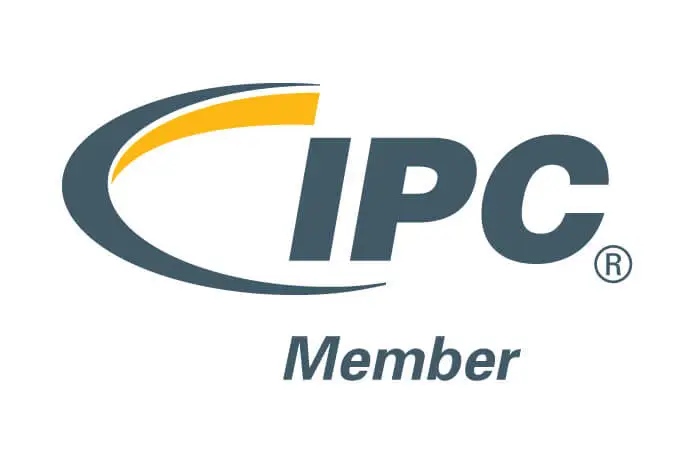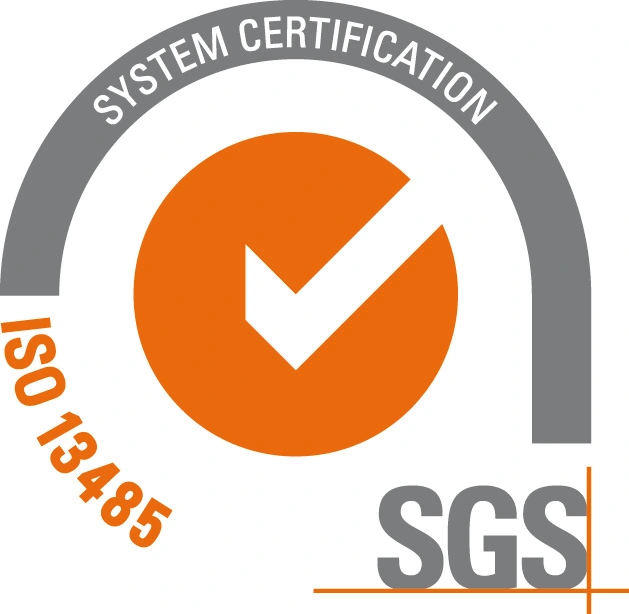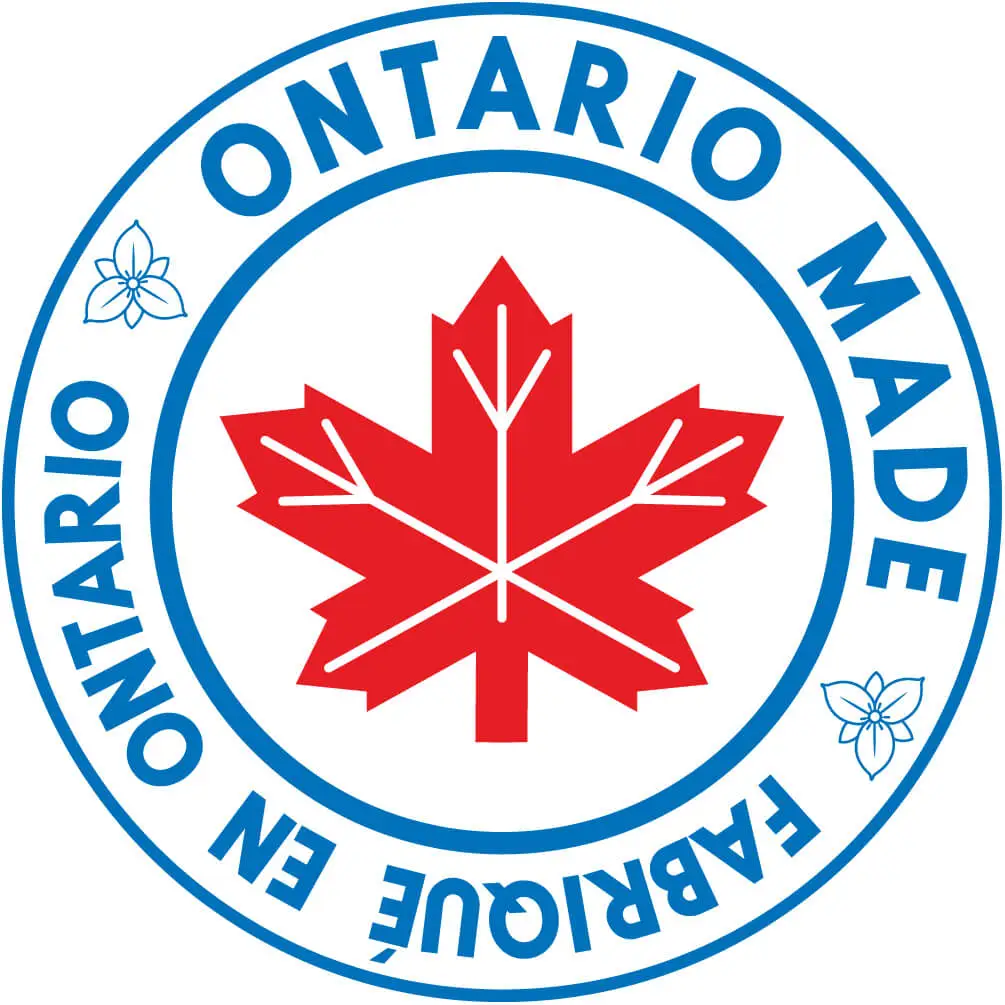TURN-KEY PCB ASSEMBLY: BITTELE ELECTRONICS
PCB MANUFACTURING AND ASSEMBLY
Full Turn-Key PCB Manufacturer
You can quickly get quotes and order PCB fabrication and assembly using our online system. Take advantage of exclusive automatic discounts with our tool. Our BOM pricing tool ensures you receive the lowest price for your order.
START A TURN-KEY PCB ORDER
What to Do When PCB Has Scratched?
In the electronics manufacturing industry, the printed circuit board (PCBs) are the core component of electronic devices, supporting components and enabling electrical interconnections. However, during production, handling and operation, PCBs may get scratched. Although such damage may seem minor, a scratch on a PCB can pose significant risks to the performance and reliability of the entire electronic system.
I. Risks of Scratches on PCBs
As described in Fundamentals of Electronic Manufacturing Processes, a PCB consists of an insulating substrate, copper traces, and soldered electronic components. Scratches can damage copper traces, causing open or short circuits and compromising signal transmission and integrity. It damages the insulating substrate, reducing dielectric strength and increasing leakage current. In severe cases, lead to device failure, reducing product lifespan and safety.
II. Assessing the Severity of a Scratch
According to PCB Design and Fabrication, scratch severity can be evaluated based on the following criteria.
- Scratch Depth
Use a magnifier or microscope to carefully inspect the scratch. If the scratch only affects the copper surface without penetrating the substrate or open the traces, the damage is relatively minor. If the scratch cuts through copper and into the substrate possibly causing cracks, the damage is more severe. - Trace Integrity
Check copper traces near the scratch area. Minor abrasions without cuts or deformation are usually non-critical while broken (open) or deformed traces may impair circuit functionality. - Affected Area and Components
Inspect surrounding components to look for loose connections or electrical faults. If nearby components are affected, the scratch may have broader implications.
III. Repair Methods Based on Severity
- Minor Surface Scratches (No Functional Damage)
If the copper surface is lightly scratched and doesn’t affect trace integrity, follow Electronic Equipment Repair Manual recommendations.
• Clean the area using isopropyl alcohol or PCB cleaner to remove debris, contaminants and prevent corrosion.
• Apply protective coating to the affected area such as conformal coating or insulating varnish to protect against moisture and oxidation. - Moderate Scratches (Partial Trace Damage, No Substrate Crack)
If the scratch partially opens a trace but doesn’t damage the substrate, refer to PCB Repair and Maintenance Guide below.
• Clean the damaged area by using a knife or fine sandpaper to expose fresh copper and remove oxidation.
• Reconnect the trace using fine copper wire or conductive silver paste. Solder the wire securely or apply silver paste per product instructions.
• After confirming the electrical continuity, protect the repair area by adding insulation tape or conformal coating
• Test the rework area by using multimeter to verify continuity and check for shorts. - Severe Scratches (Base Material Crack)
If the scratch penetrates the base material (substrate) or cause cracks, here the recommendation to do.
• Replace the entire PCB for critical or high-reliability board, replacement is the safest and most cost-effective option.
• Patch the substrate for non-critical areas, use epoxy resin to fill cracks. After curing, recheck trace integrity and electrical performance. Note: this method carries risk and may not fully restore original performance.
IV. Preventing PCB Scratches
As outlined in Electronics Manufacturing Processes and Management, scratches can be effectively prevented through measures at various stages.
- During PCB Manufacturing
• Technicians should handle PCBs using gloves to prevent corrosion from sweat or oils.
• Use proper ESD-safe tools and avoid contact with sharp or hard objects.
• Store boards in dry, ventilated environments in ESD-safe packaging. - During Transportation
• Use shock-absorbing materials like foam, bubble wrap for packaging.
• Ensure stable vehicle handling to prevent sudden stops or jolts. - During Assembly and Use
• Avoid contact with PCBs using sharp tools during installation or disassembly.
• Perform regular maintenance on devices to prevent mechanical wear or environmental damage to the PCB.
Conclusion
Scratches on PCBs must be addressed based on their severity. Minor damage can often be repaired, while severe cases may require replacement. More importantly, implementing preventive measures during production, transport, and use can significantly reduce the risk of PCB damage ensuring higher product quality and reliability.
We can handle designs and requirements of all types, and we encourage prospective clients to get in touch with us for any questions that might not be captured in this brief overview. Email us at sales@7pcb.com or give us a call to 1-416-800-7540.
Related Articles:
Please briefly describe the information you are seeking in the search bar below.






 English
English